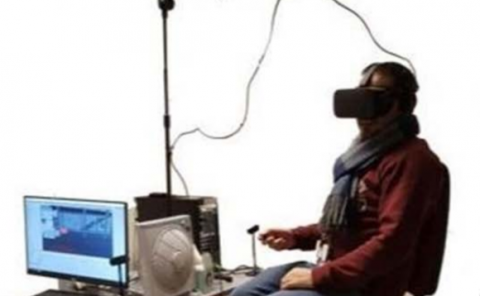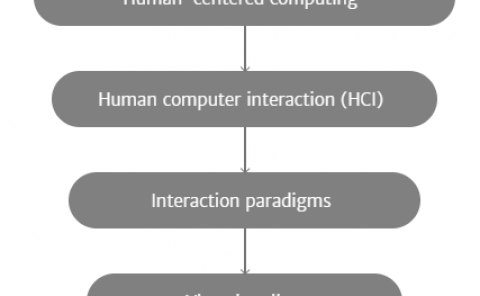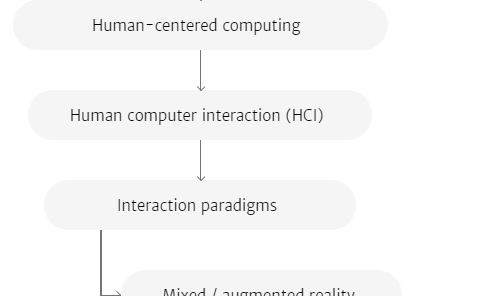Enactive Approach to Assess Perceived Speed Error during Walking and Running in Virtual Reality
PubDate: August 2019
Teams: Inria, Univ Rennes
Writers: Théo Perrin; Hugo A. Kerhervé; Charles Faure; Anthony Sorel; Benoit Bideau; Richard Kulpa
PDF: Enactive Approach to Assess Perceived Speed Error during Walking and Running in Virtual Reality

Abstract
The recent development of virtual reality (VR) devices such as head mounted displays (HMDs) increases opportunities for applications at the confluence of physical activity and gaming. Recently, the fields of sport and fitness have turned to VR, including for locomotor activities, to enhance motor and energetic resources, as well as motivation and adherence. For example, VR can provide visual feedbacks during treadmill running, thereby reducing monotony and increasing the feeling of movement and engagement with the activity. However, the relevance of using VR tools during locomotion depends on the ability of these systems to provide natural immersive feelings, specifically a coherent perception of speed. The objective of this study is to estimate the error between actual and perceived locomotor speed in VE using an enactive approach, i.e. allowing an active control of the environment. Sixteen healthy individuals participated in the experiment, which consisted in walking and running on a motorized treadmill at speeds ranging from 3 to 11 km/h with 0.5 km/h increments, in a randomized order while wearing a HMD device (HTC Vive) displaying a virtual racetrack. Participants were instructed to match VE speed with what they perceived was their ac-tuallocomotion speed (LS), using a handheld Vive controller. They were able to modify the optic flow speed (OFS) with a 0.02 km/h increment/decrement accuracy. An optic flow multiplier (OFM) was computed based on the error between OFS and LS. It represents the gain that exists between the visually perceived speed and the real locomotion speed experienced by participants for each trial. For all conditions, the average of OFM was 1.00±.25 to best match LS. This finding is at odds with previous works reporting an underestimation of speed perception in VR. It could be explained by the use of an enactive approach allowing an active and accurate matching of visually and proprioceptively perceived speeds by participants. But above all, our study showed that the perception of speed in VR is strongly individual, with some participants always overestimating and others constantly underestimating. Therefore, a general OFM should not be used to correct speed in VE to ensure congruence in speed perception, and we propose the use of individual models as recommendations for setting up locomotion-based VR applications.



